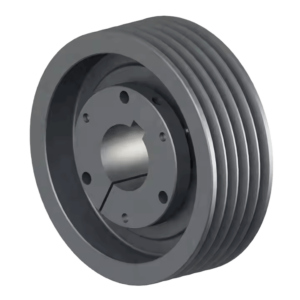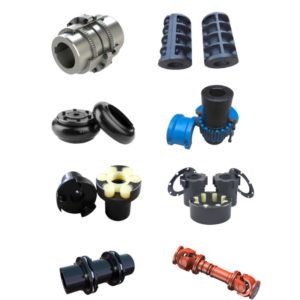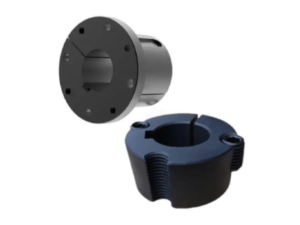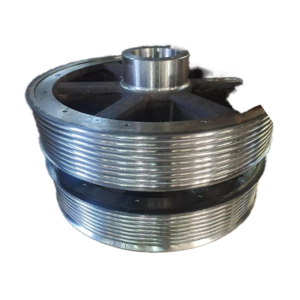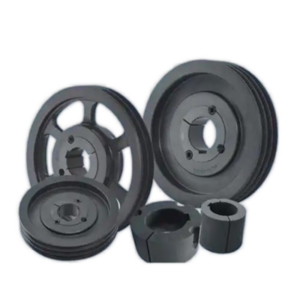Pulleys, seemingly simple devices, are fundamental to a vast array of mechanical systems, from the complex machinery of industrial plants to the humble bicycle. They represent a cornerstone of mechanical advantage, allowing us to manipulate forces and motion with remarkable efficiency. Understanding the principles of pulleys is crucial for appreciating the underlying mechanics of many everyday technologies and more complex engineering applications. This article delves into the world of pulleys, exploring their types, functionalities, materials, and the vital role they play in our industrialized world.
The Basic Principle: Changing Direction and Magnitude of Force
At its core, a pulley is a wheel on an axle designed to support a cable or rope. Its primary function is to change the direction of a pulling force and/or gain mechanical advantage. This advantage is the ability to move a load with less force than would otherwise be required. The magic lies in how the rope or cable is routed around the pulley or a system of pulleys.
A single fixed pulley, for instance, simply redirects the force. When you pull down on the rope, the load is lifted upwards. While this type of pulley doesn’t reduce the amount of force needed, it makes tasks easier by allowing us to pull in a convenient direction (usually downwards, using our body weight). A good analogy is raising a flag on a flagpole. You are pulling downwards on the rope, but the flag travels upwards, the pulley is simply changing the direction of the force.
The Power of Mechanical Advantage: Movable Pulleys and Compound Systems
The true power of pulleys is unlocked with the introduction of movable pulleys. A movable pulley is attached to the load itself and moves along with it. When a load is supported by a movable pulley, each segment of rope supporting it carries only half the weight. This leads to a mechanical advantage of two. For example, if you have a 100 lb load and you pull on a rope that’s supported by one movable pulley, the force that you apply to the rope is only 50 lbs.
This principle extends to compound pulley systems, which combine multiple fixed and movable pulleys to achieve even greater mechanical advantage. A tackle, commonly found in sailing and construction, is a prime example. The more supporting rope segments, the less force is needed to lift the load, but the distance the rope travels also increases proportionally. Thus, you are trading force for distance.
Types of Pulleys: Beyond the Basics
Beyond fixed and movable pulleys, several variations and more specialized designs exist, each suited for specific applications. Here are a few notable types:
- V-Groove Pulleys: These are the most common type, featuring a V-shaped groove to accommodate a V-belt. This shape increases friction and prevents slippage, making them ideal for transmitting power in machinery. V-groove pulleys are frequently found in automotive engines, power tools, and agricultural equipment.
- Flat Pulleys: These have a flat, smooth surface and are designed to be used with flat belts. They are typically used in older machinery or where high speeds are involved and some amount of slip is preferable.
- Timing Pulleys (or Toothed Pulleys): These pulleys feature teeth or notches that engage with corresponding teeth on a timing belt. This system offers precise and synchronized motion, with no slippage. Timing pulleys are critical in applications where accuracy is paramount, such as in robotics, 3D printing, and engine camshaft drives.
- Idler Pulleys: These pulleys do not drive or transfer power directly but are used to guide or tension a belt. They’re often found in complex belt drives, where belts need to be directed around obstacles or require adjustments in tension.
- Sheave Pulleys: Used in conjunction with ropes or cables instead of belts, these types of pulleys are often seen in cranes, elevators, and lifting gear.
Materials and Construction: Durability and Performance
The materials used to construct pulleys are critical for their durability and performance. Several factors influence material choice, including the load being lifted or moved, the operating speed, temperature, environmental conditions, and budget. Common materials include:
- Cast Iron: A common choice for general-purpose pulleys, cast iron is robust, inexpensive, and machinable.
- Steel: Offers superior strength and durability compared to cast iron, making it suitable for high-load applications.
- Aluminum: Lightweight, resistant to corrosion, and easy to machine, aluminum is often used in applications where weight is a concern or in corrosive environments.
- Plastic (e.g., Nylon, Acetal): Lightweight and cost-effective, plastic pulleys are often used in low-load applications, such as small appliances or toys. They offer good wear resistance and are often self-lubricating.
The manufacturing process for pulleys also varies, depending on material, volume, and required precision. Processes can include casting, machining, forging, and injection molding. High-precision applications often utilize CNC machining for the tightest tolerances.
Applications: From Simple to Complex
The applications of pulleys are incredibly diverse, touching upon virtually every aspect of our industrialized society:
- Construction and Material Handling: Cranes, hoists, winches, and conveyor systems all rely on pulleys to lift and move heavy loads.
- Transportation: Automotive engine belts, bicycle derailleurs, and cable cars utilize various types of pulleys.
- Manufacturing and Production: Machines ranging from lathes to printing presses employ pulleys for power transmission and precise motion control.
- Exercise Equipment: Many weight machines use pulleys to change the direction of force and create resistance.
- Everyday Household Devices: Elevators, clotheslines, and even window blinds utilize pulleys.
Conclusion: The Ingenuity in Simplicity
Pulleys, despite their simplicity, are essential devices that have shaped our technological progress. They demonstrate the power of basic mechanical principles, enabling us to move massive loads, transfer power efficiently, and control motion precisely. As we continue to innovate, it’s crucial to recognize the importance of these time-tested mechanisms, which remain fundamental building blocks of the mechanical world. From humble beginnings in ancient civilizations, the pulley has been a critical component in the technological innovations that define modern society and that innovation will only continue.

